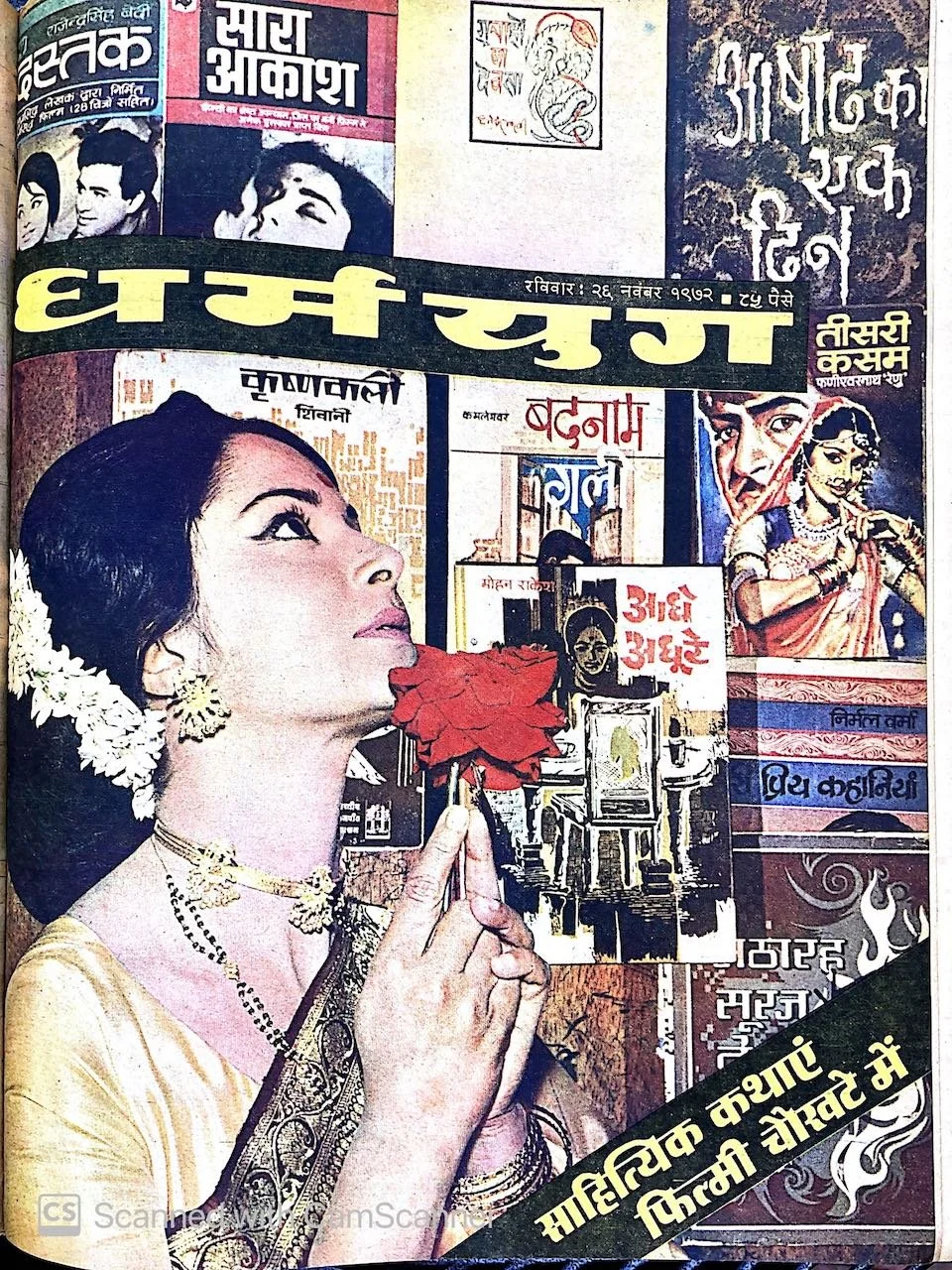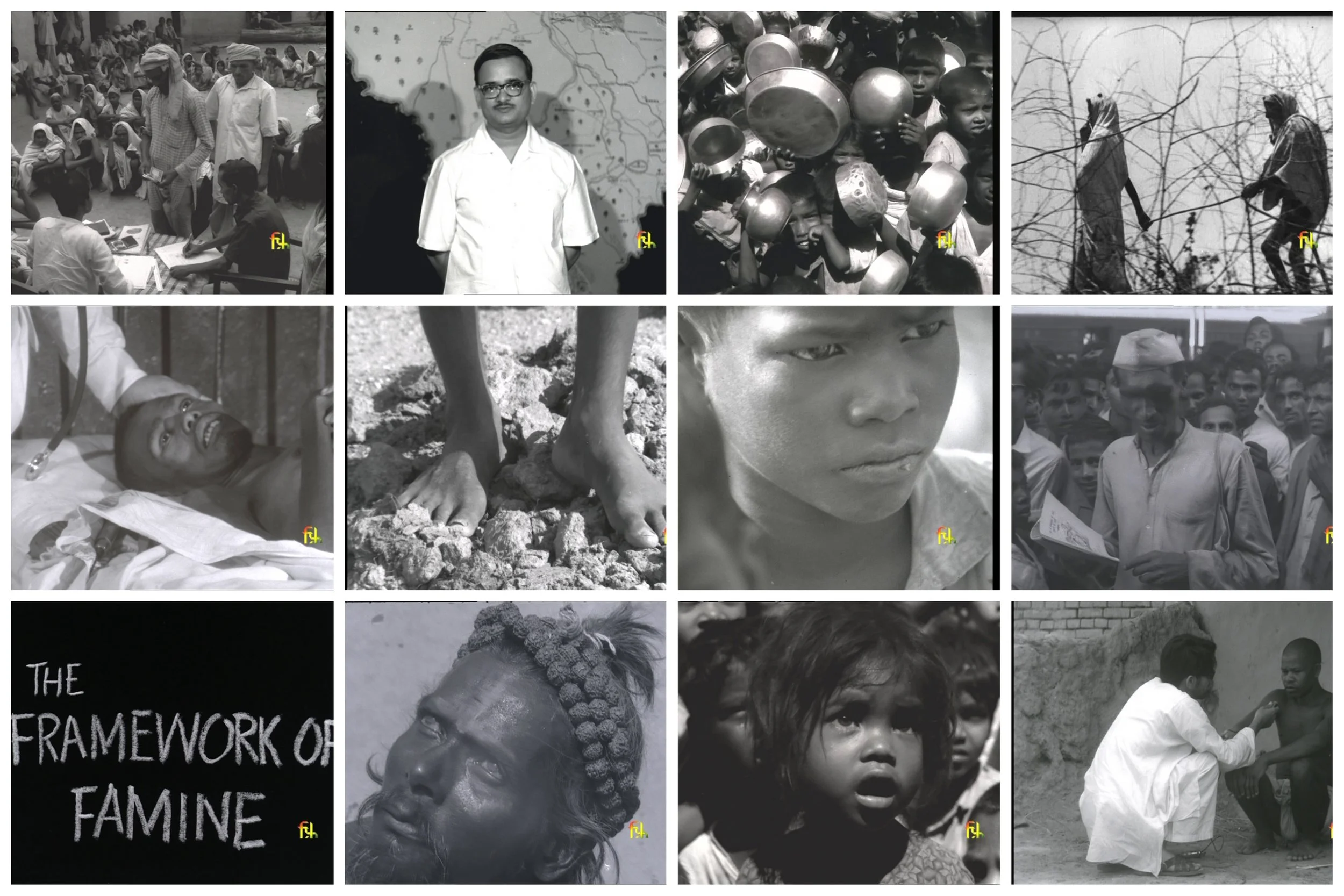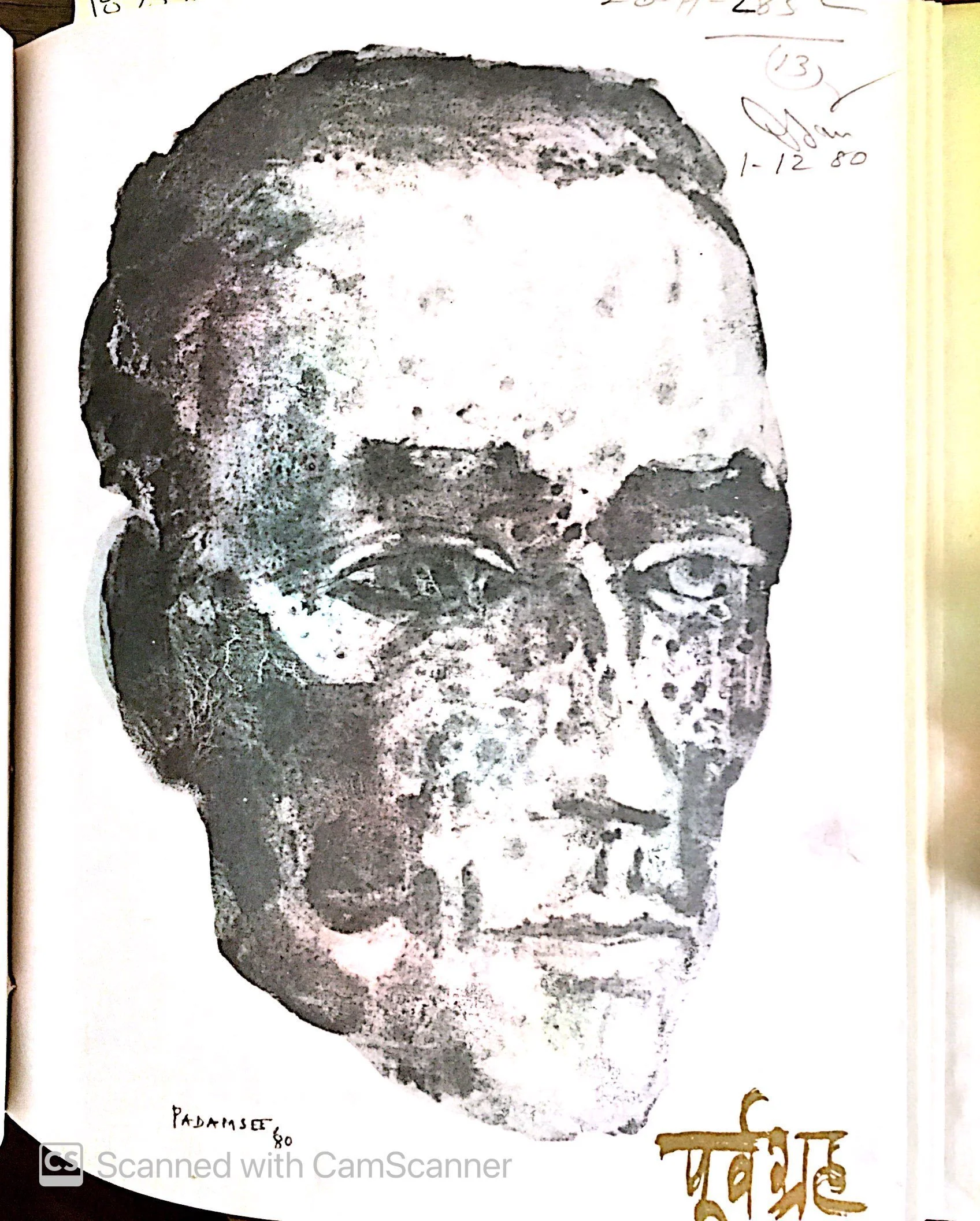Articles:
"Literature, Print Culture, and the Indian New Wave", Journal of Cinema and Media Studies 42.5 (2022-2023). Article Link (publisher's version, open access). Article Link (academia.edu).
Abstract: This article explores the rise and fall of the Hindi literary film, circa 1969–1995. I discuss three hybrid genres that emerged from collaborations between modern Hindi writers and Indian New Wave filmmakers: light-hearted, middlebrow comedies about urban life; an avant-garde cinema characterized by a mofussil modernism; and an activist cinema concurrent with the Indian human rights movement. The article concludes by identifying the factors that pushed Hindi literature and cinema apart in the 1990s, with changes in state policies, the growth of private television channels, and the provincialization of Hindi literary culture.
"The Films Division of India and the Nehruvian Dream", South Asia 45.1 (March 2022). Article Link (publisher's version). Article Link (academia.edu).
Abstract: From 1948 to 1994, the newsreels and documentaries produced by the Films Division of India (FD) were a ubiquitous presence in Indian public life. Even as some audiences learnt to avoid sitting through yet another newsreel about the benefits of economic planning, the FD vision of harmonious, planned development continued to haunt the collective unconscious of post-colonial India well into the 1980s. Drawing on examples from documentary cinema, Indian New Wave films, and modern Hindi literature, this article explores three scenes of disillusionment with the FD’s version of the Nehruvian dream.
"Gajanan Madhav Muktibodh and the Passing of Soviet India", South Asia 44.6 (December 2021). Article Link (publisher's version). Article Link (academia.edu).
Abstract: This essay traces the literary afterlife of Hindi writer Gajanan Madhav Muktibodh (1917-64). Like many in his generation, Muktibodh’s life and world-view were transformed by his encounter with communism during the years of World War II. Though much of his poetry remained unpublished while he was alive, Muktibodh was posthumously recognised as one of the most significant writers of the Nehruvian period and has been a cult figure in the Hindi literary world since the 1970s. By tracking the influence of Muktibodh’s elliptical poetry and prose on modern Hindi literature and cinema, this essay reconstructs the rise and fall of the late colonial vision of a possible ‘Soviet India’.
"What We Can Learn from the Gupta Brothers", Safundi 21.4 (2020). Article Link (publisher's version). Article Link (academia.edu).
Abstract: This article is a brief reflection on the "Indian" angle of South Africa's "state capture" scandal, for a special issue of Safundi on US and South Africa comparisons. I argue that it is the Indian-born Gupta brothers -- rather than Presidents Trump or Zuma -- who offer us a model for a new kind of comparative inquiry that maps emerging geographies of corruption, power, and influence.
Book Chapters:
"War, Famine, and Newsprint: The Making of Soviet India, 1942-45", in Bystrom, Popescu, and Zien (ed.), The Cultural Cold War and the Global South: Sites of Conflict and Communitas (Routledge, 2021). Article Link (publisher's version). Article Link (academia.edu).
Abstract: This chapter analyzes the archives of the People’s War, the weekly newspaper of the Communist Party of India (CPI) from 1942 through 1945, in order to recreate the late colonial vision of a possible “Soviet India”—in all of its optimism, ambition, and hubris. By examining the impact of Soviet visual culture on young Indian radicals, this chapter spotlights the importance of the communist newspaper in the late colonial world: as a technology knitting together a multi-racial and multi-lingual community of anticolonial activists into a coherent, internationalist public, and as a ‘leitmotif’ of the communist imagination, from Lenin to the Indian Left.



